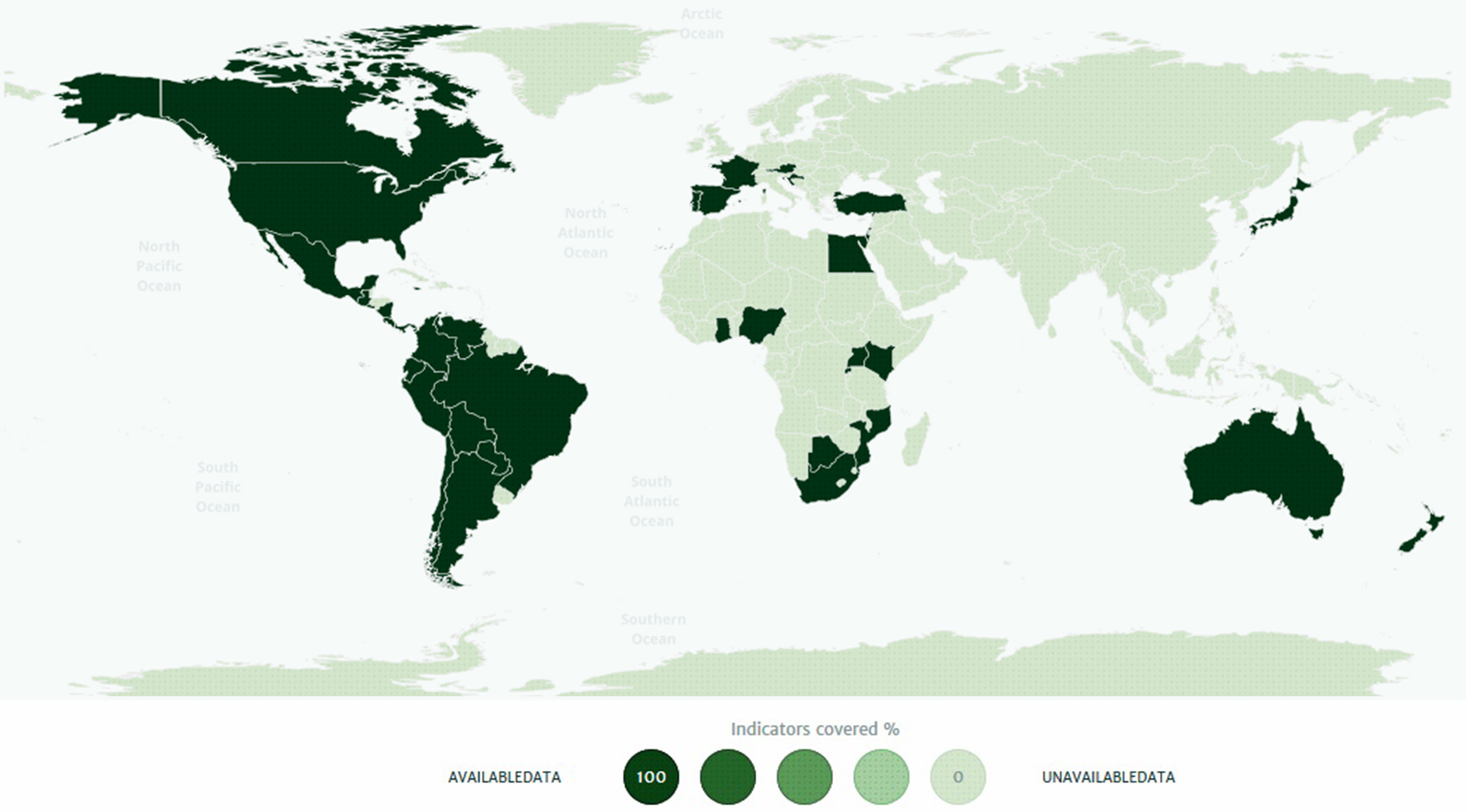Global Partnership for Sustainable Development Data
SDG16 Data Initiative
SDG16+ Interim report, Institute for Economics and Peace
“The Challenge of Measuring SDG 16: What Role for African Regional Frameworks?”, discussion paper, European Centre for Development Policy Management
SDG 16 wants to be more than just a political signpost. The 2030 Agenda aims to implement the goals within fifteen years. This assumes that their implementation can be measured exactly.
Development Goal 16 includes 54 indicators in total in its integrated approach 16+. Because the SDGs demand universal implementation, we want to be able to track the attainment of the development goals on a global scale. We need international standards for this which specify how data should be collected and how indicators should be measured. From the current interim report of the Institute for Economics and Peace (IEP), it is evident that this type of harmonization is lacking:
– No data is currently being collected in any country for ten of the 54 indicators for goal 16+.
– For a further ten indicators, the search for methodologies and internationally viable standards has only just begun.
– The relevant UNO bodies hold official databases and a harmonized methodology for less than half of the 54 indicators.
– And for those indicators for which the official data is available, it often only exists for a few countries.
– To measure the other indicators, we have to rely on “proxy” data, often from private providers or NGOs. In their definitions, however, these are mostly not identical with the SDG indicators and are not available for all countries.
Data collection is also particularly difficult for fragile countries and those affected by conflict. This leads to the paradox that the countries for which the attainment of goal 16 is least measurable are the ones who depend the most on its successful implementation. For Claire Melamed, CEO of “Global Partnership for Sustainable Development Data”, the lack of data from certain regions of the world is a global injustice, which international actors should be obliged to support: “If every life counts, we should count every life.”
Measuring data in this way costs a lot of time and money so it’s even more important that the expense is worth it. In fact, the focus of the SDGs on quantitatively measurable indicators is a matter of dispute. Adedayo Bolaji-Adio, for example, writes in a discussion paper that the indicators of goal 16 only lead to more information and progress to a limited extent: “The international community cannot produce any convincing arguments for governance, peace and security if they predominantly depend on statistical indicators.” Goals such as justice or good governance are always defined in normative terms and are therefore highly political in their implementation and the way they are measured. Context is everything, yet this cannot be considered in internationally harmonized data collections.
The defined indicators can without a doubt help to give us an overview of goals which have already been attained and to highlight where special efforts are still needed. Due to the political nature of goal 16+, however, the focus on quantitative data seems problematic. Qualitative analysis should also be carried out in each country and for each subordinate goal in order to account for the specific context.


